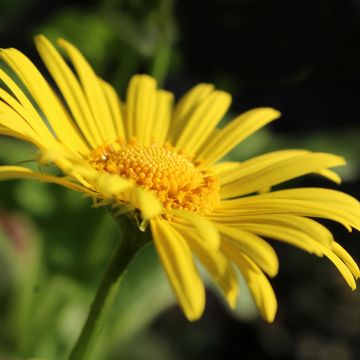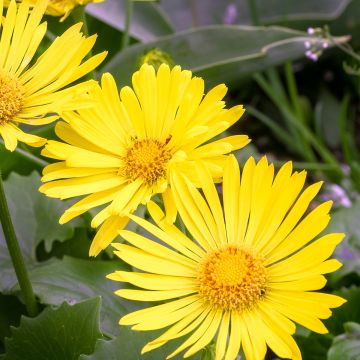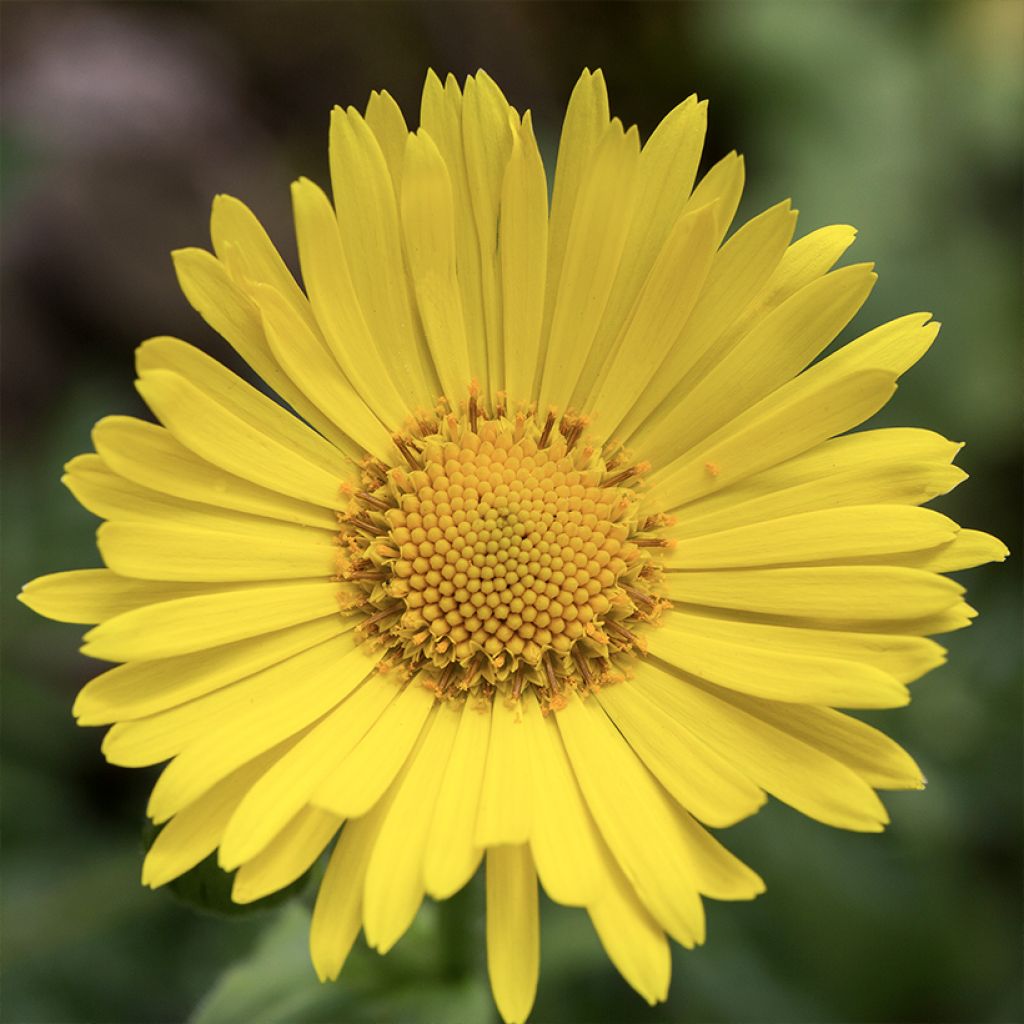

Doronicum pardalianches
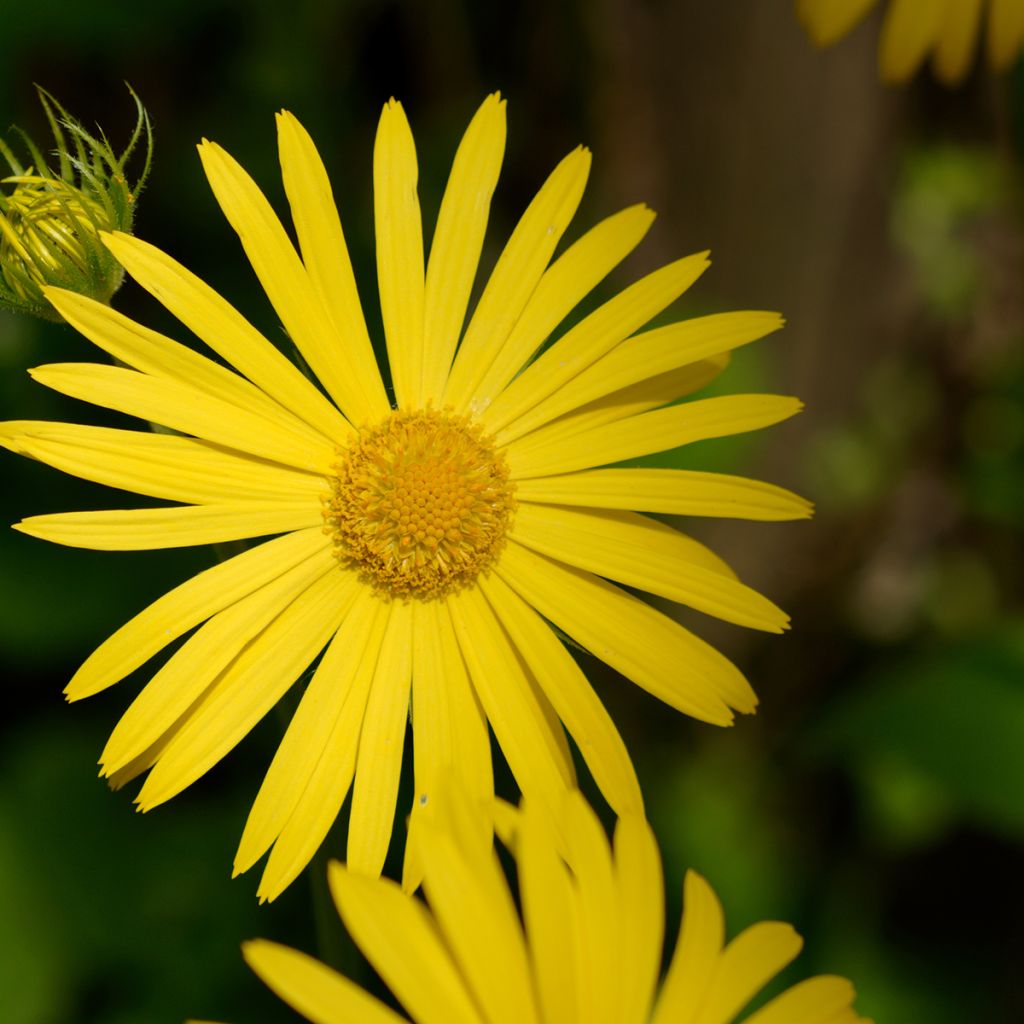

Doronicum pardalianches
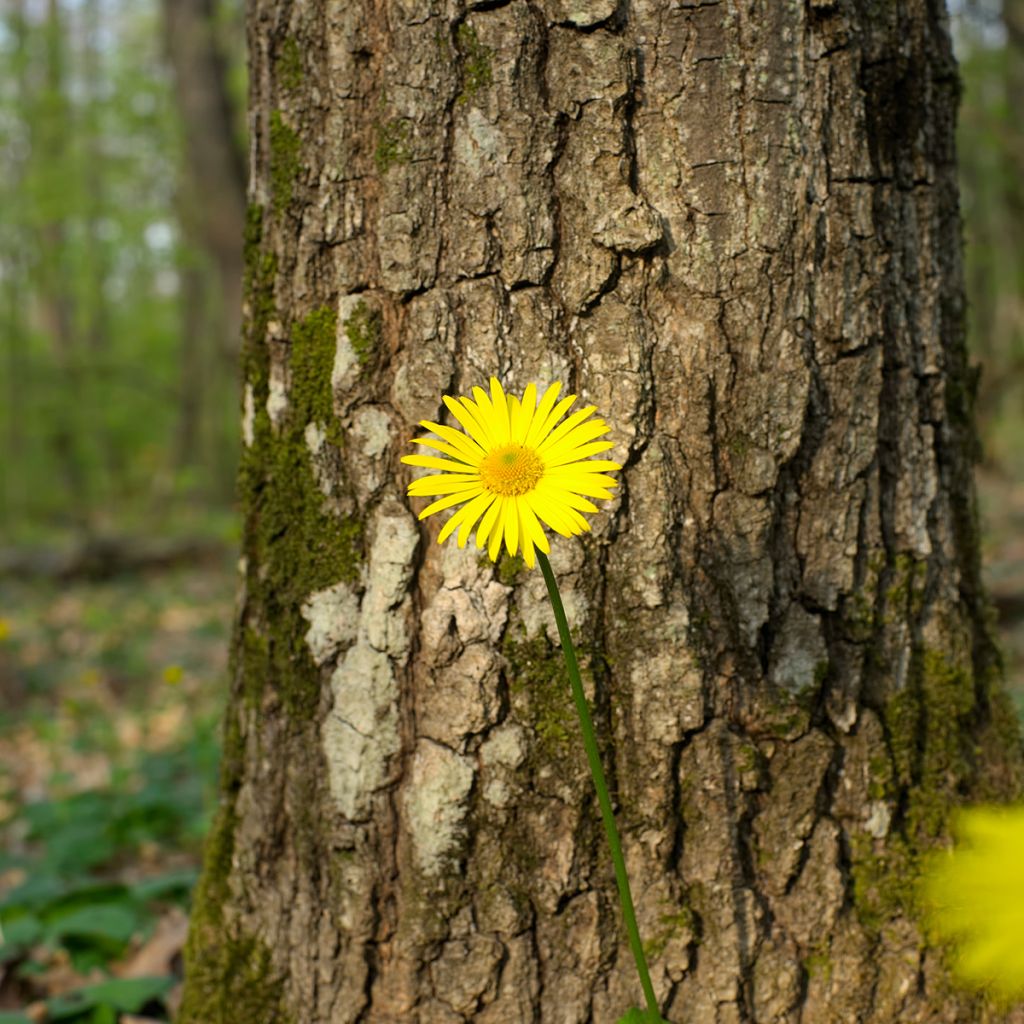

Doronicum pardalianches
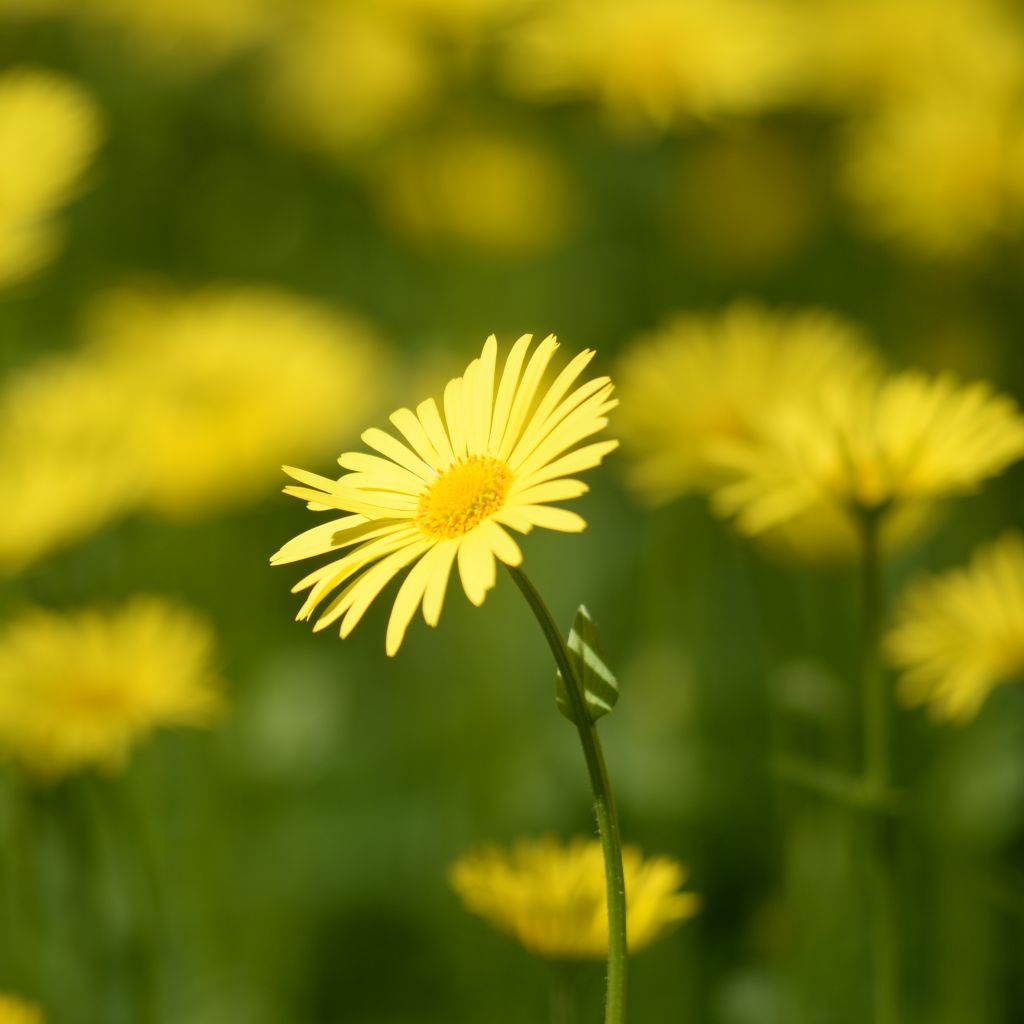

Doronicum pardalianches
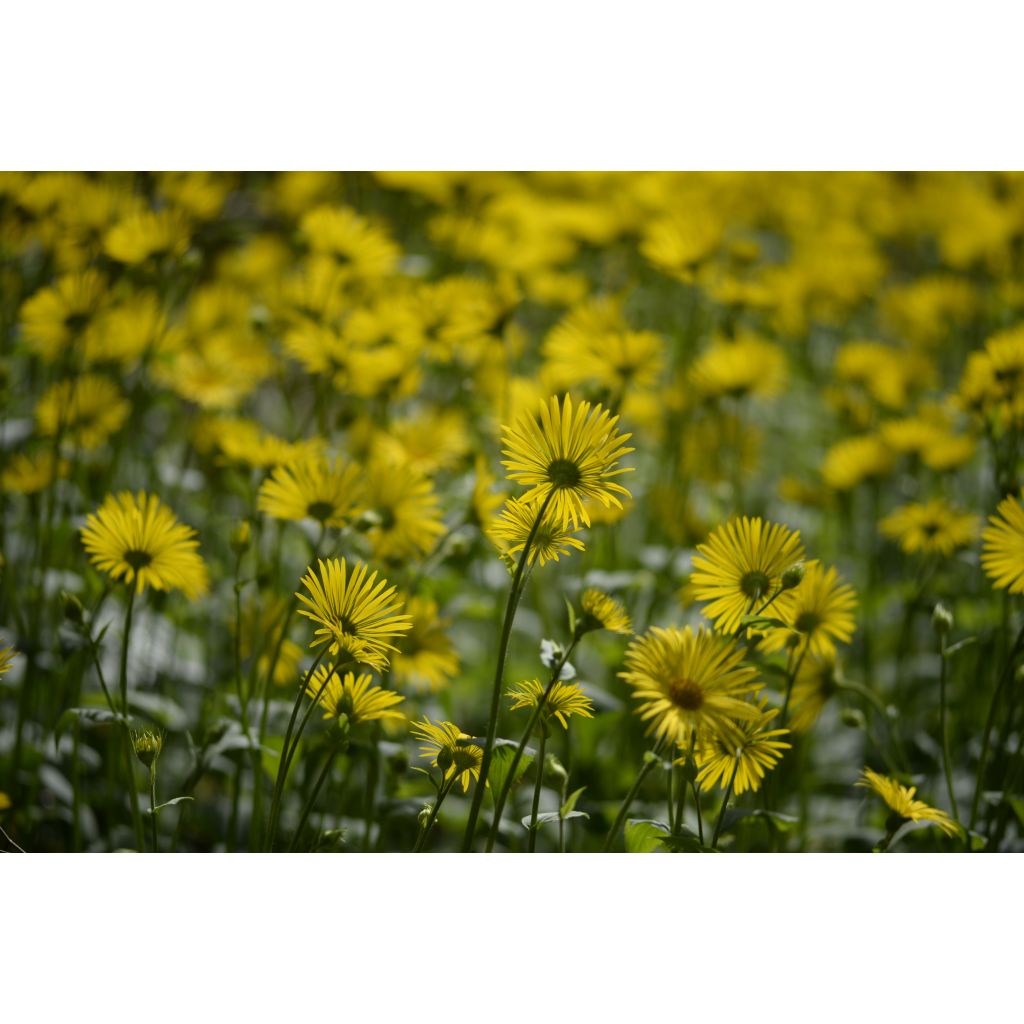

Doronicum pardalianches
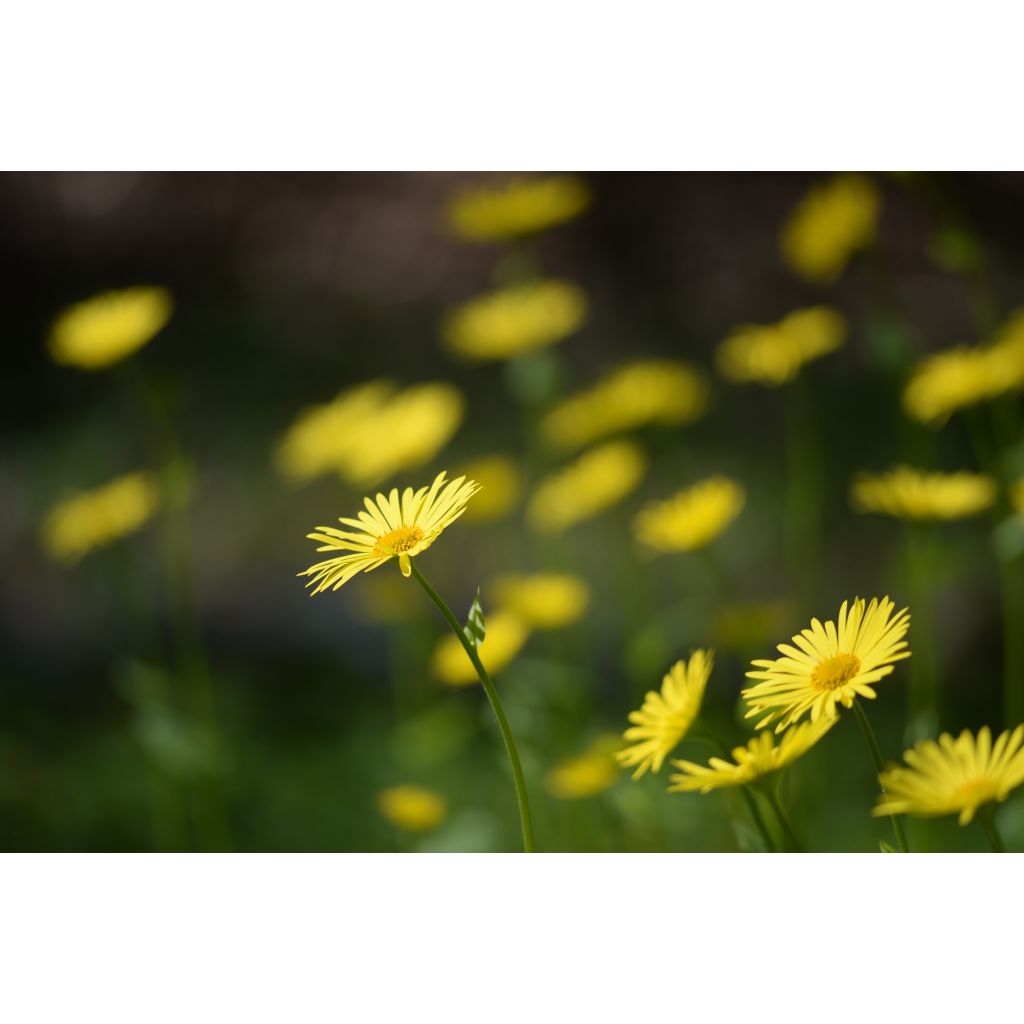

Doronicum pardalianches
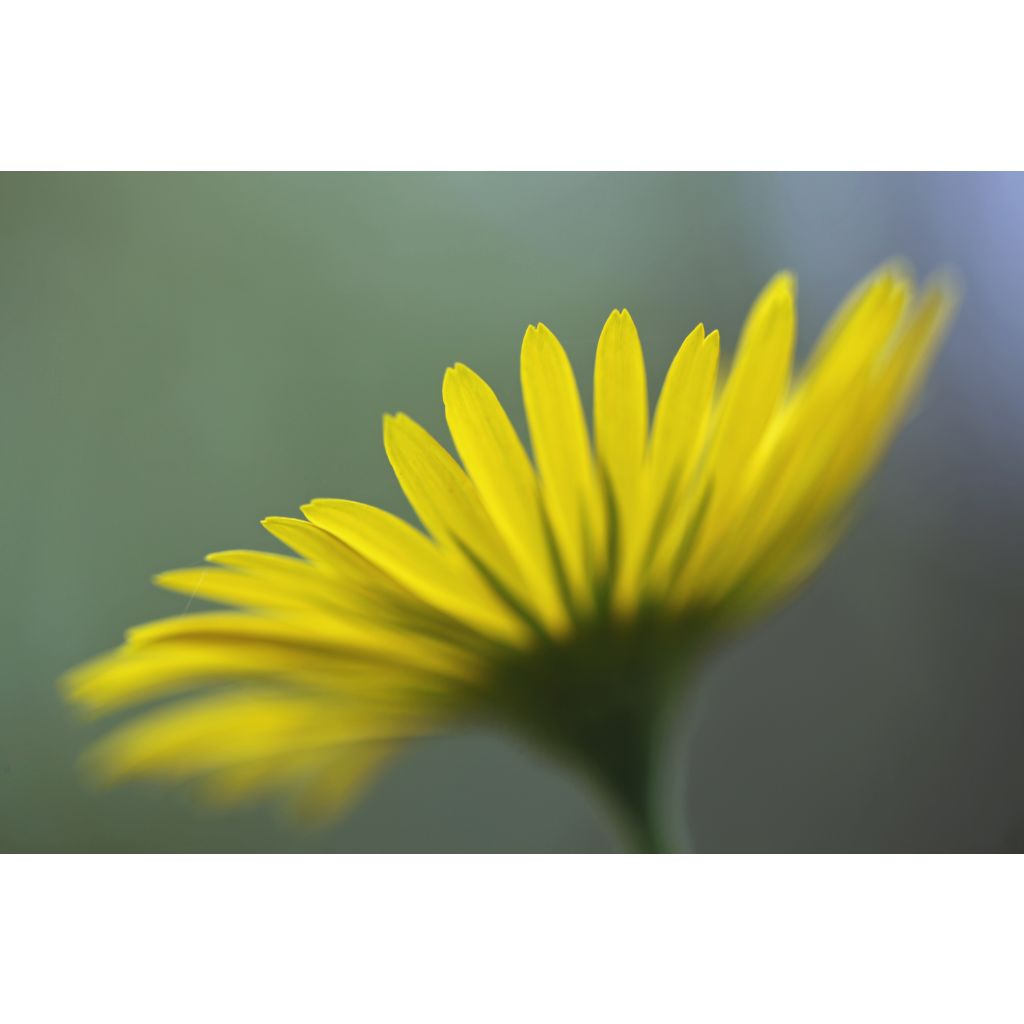

Doronicum pardalianches
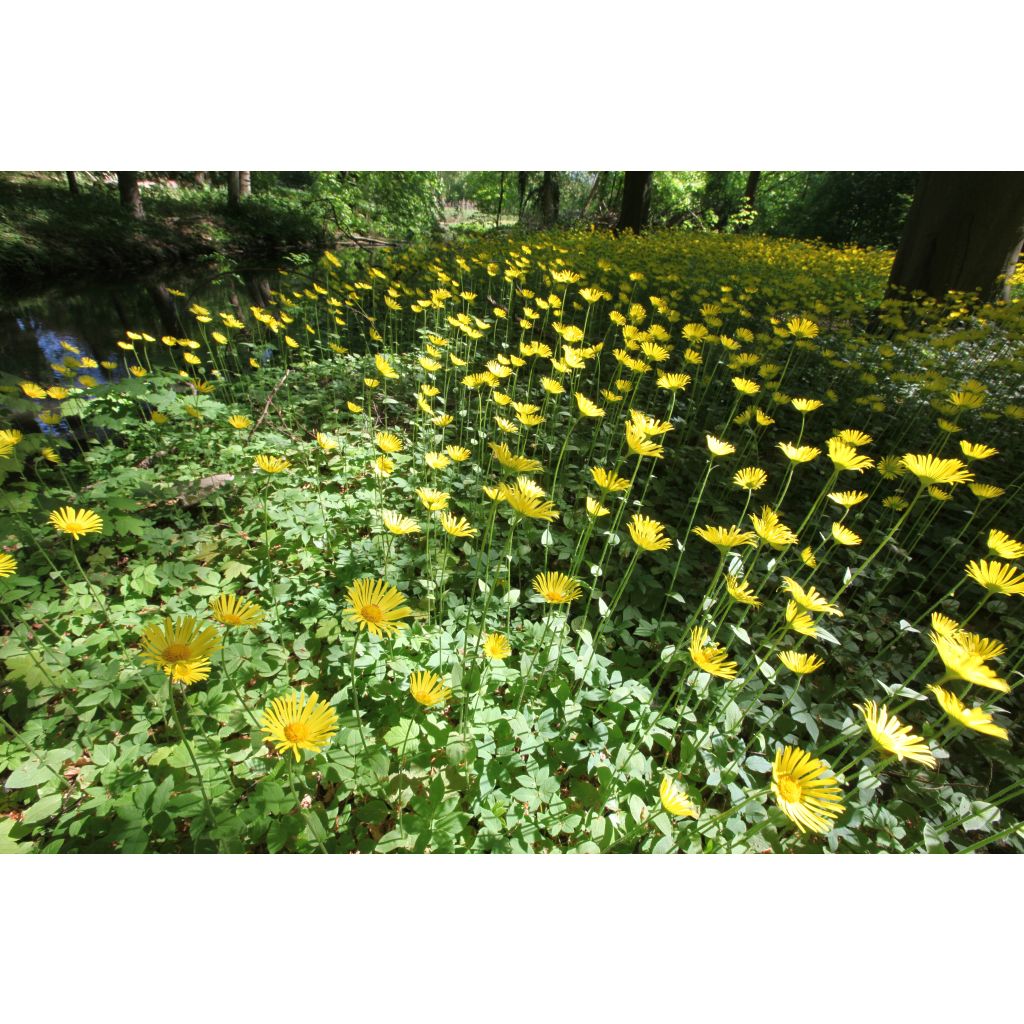

Doronicum pardalianches
Doronicum pardalianches
Doronicum pardalianches
Leopard's Bane, Caucasian Leopard's Bane
Hello, Doronicum pardalianches is a typical plant associated with basophilous plant association, as also indicated by the Tela Botanica website. Therefore, it is not a plant restricted to acidic soils. Limestone, provided that the conditions of freshness and location are respected, is far from being an obstacle.
Jean-Paul, 27/12/2024
This plant carries a 12 months recovery warranty
More information
We guarantee the quality of our plants for a full growing cycle, and will replace at our expense any plant that fails to recover under normal climatic and planting conditions.
From €5.90 for pickup delivery and €6.90 for home delivery
Express home delivery from €8.90.
Does this plant fit my garden?
Set up your Plantfit profile →
Description
Doronicum pardalianches, more simply called the Heart-leaved Doronicum, is a sturdy perennial plant that populates the undergrowth of a large part of France. It is mostly found in mountainous areas up to 1200 metres (3937 feet) in altitude, but also in Normandy and Pas-de-Calais. Even if some find it invasive, others uninteresting and ordinary, we love this plant! It is soft to the touch with its hairy foliage, its large yellow daisies that bloom regularly, it is never sick and it grows admirably in heavy and humid soils where it forms beautiful colonies.
Doronicum pardalianches (synonym Doronicum emarginatum) belongs to the large family of Asteraceae. It is a botanical species native to Western Europe, more or less common to rare in the Vosges, Jura, Massif Central, Cévennes, Alps, Pyrénées and Normandy. Depending on the regions, it is called Leopard's Bane, Panther's Leopard, Herb of Panthers or Death to Panthers. The above-ground vegetation, deciduous, emerges from the ground in spring and dries up in late autumn. The plant, entirely covered with fine hairs and glands, has a tuberous rhizome emitting long slender stolons that allow it to spread. It forms an upright clump composed of basal leaves and leafy stems measuring up to 80cm (32in) in height when in flower. The branched stems bear leaves arranged alternately. The leaves located at the base of the stems have long petioles, their lamina is cordate or rounded in shape, dentate or not. Those on the stems have 2 embracing auricles at the base. Their colour is a dark olive green. Flowering takes place between April and June. At the tip of the stems appear 2 to 6 flowers organized in heads measuring 4 to 6cm (2in) in diameter, bright yellow in colour, resembling small daisies. These heads consist of a beautiful lemon yellow heart-shaped button, surrounded by a row of thin, long florets in the same tone.
To welcome spring in cool and slightly shaded areas of the garden, adopt the Heart-leaved Doronicum. In groups, this perennial will attract attention to somewhat forgotten spaces, towards the back of the garden or under large trees. Mixed with some Bugbanes, Japanese Anemones, Wood Hyacinths, and Goat's Beards (Aruncus), it will create a slightly wild composition that will appeal to bees.
Report an error about the product description
Doronicum pardalianches in pictures
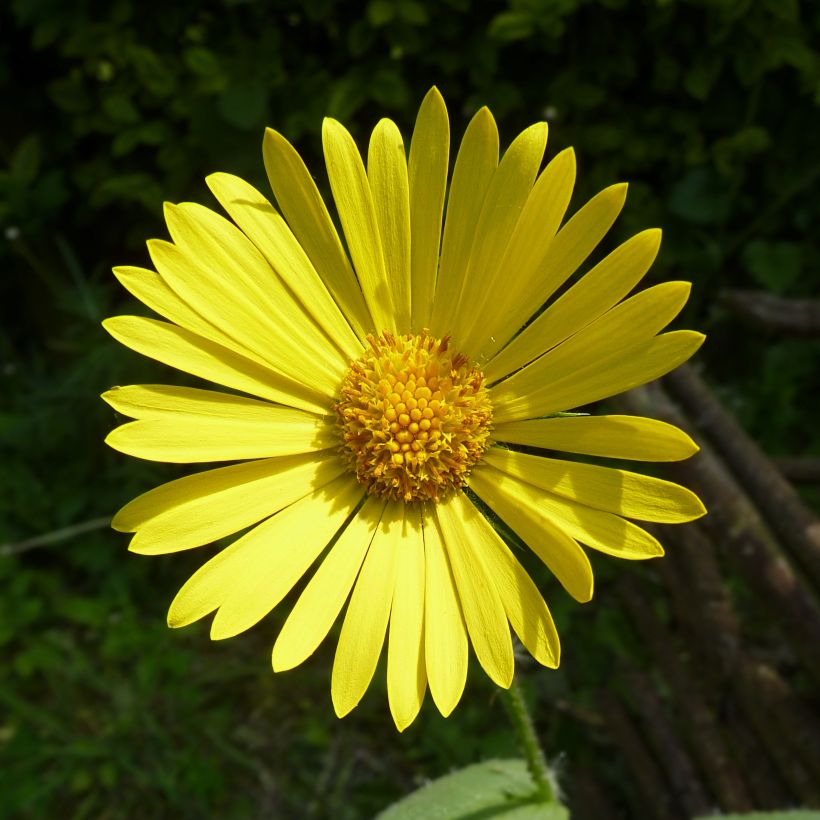

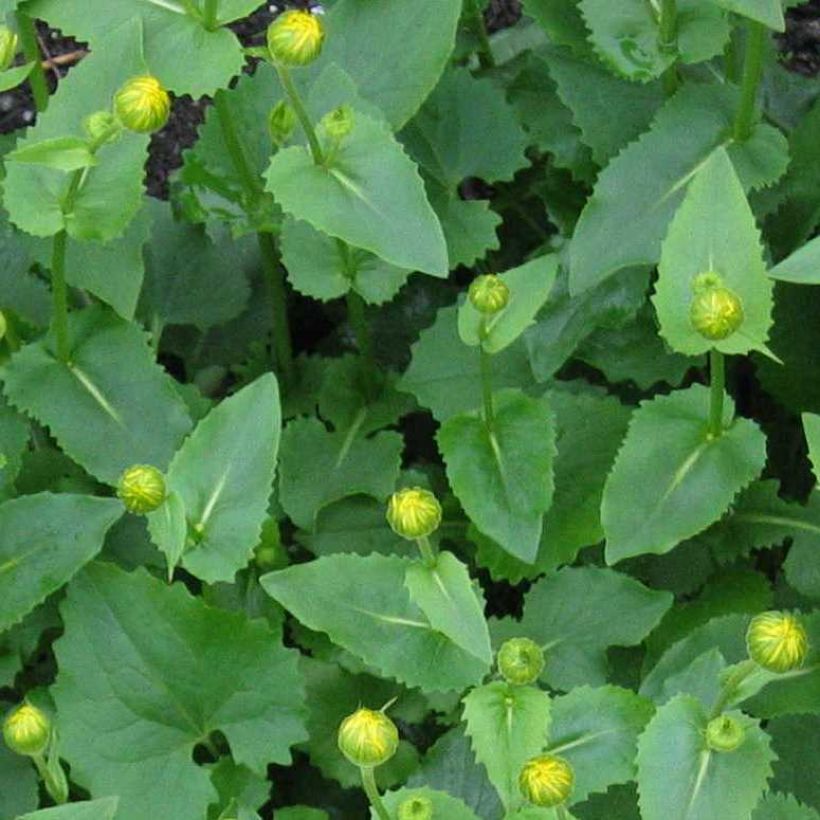

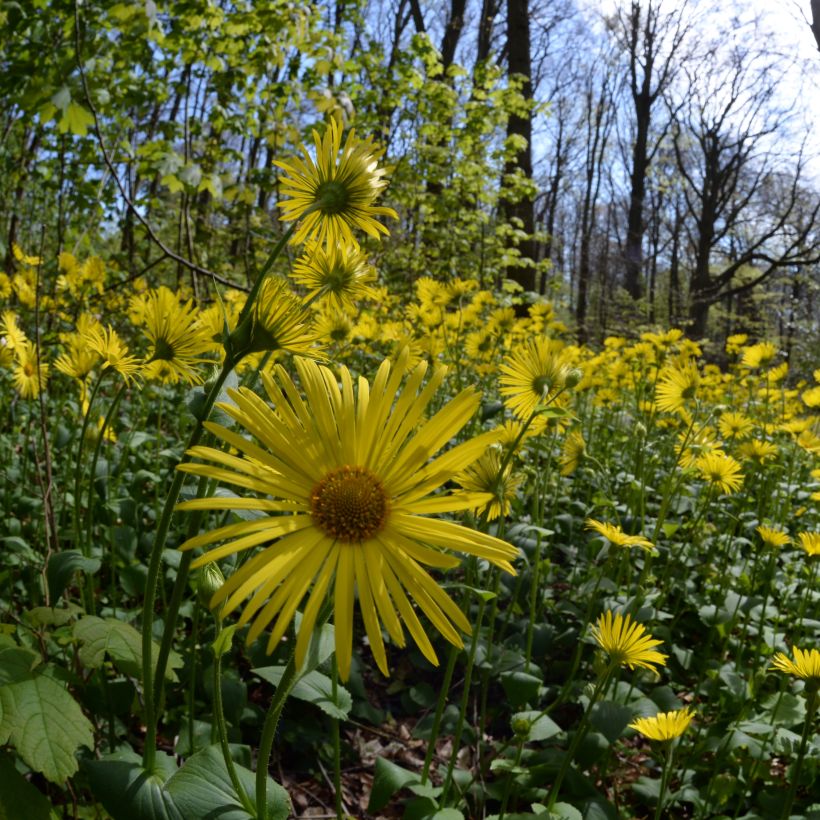

Flowering
Foliage
Plant habit
Botanical data
Doronicum
pardalianches
Asteraceae
Leopard's Bane, Caucasian Leopard's Bane
Western Europe
Other Doronicum - Leopard's-bane
Planting and care
Plant this Doronicum in spring or early autumn. It is a perennial for shade or semi-shade that thrives in acidic soils, without limestone, humus-rich or even clayey. The soil should remain moist and damp soils are well tolerated. It is a low-maintenance plant and worry-free if the conditions suit it.
Planting period
Intended location
Care
-
, onOrder confirmed
Reply from on Promesse de fleurs
Haven't found what you were looking for?
Hardiness is the lowest winter temperature a plant can endure without suffering serious damage or even dying. However, hardiness is affected by location (a sheltered area, such as a patio), protection (winter cover) and soil type (hardiness is improved by well-drained soil).

Photo Sharing Terms & Conditions
In order to encourage gardeners to interact and share their experiences, Promesse de fleurs offers various media enabling content to be uploaded onto its Site - in particular via the ‘Photo sharing’ module.
The User agrees to refrain from:
- Posting any content that is illegal, prejudicial, insulting, racist, inciteful to hatred, revisionist, contrary to public decency, that infringes on privacy or on the privacy rights of third parties, in particular the publicity rights of persons and goods, intellectual property rights, or the right to privacy.
- Submitting content on behalf of a third party;
- Impersonate the identity of a third party and/or publish any personal information about a third party;
In general, the User undertakes to refrain from any unethical behaviour.
All Content (in particular text, comments, files, images, photos, videos, creative works, etc.), which may be subject to property or intellectual property rights, image or other private rights, shall remain the property of the User, subject to the limited rights granted by the terms of the licence granted by Promesse de fleurs as stated below. Users are at liberty to publish or not to publish such Content on the Site, notably via the ‘Photo Sharing’ facility, and accept that this Content shall be made public and freely accessible, notably on the Internet.
Users further acknowledge, undertake to have ,and guarantee that they hold all necessary rights and permissions to publish such material on the Site, in particular with regard to the legislation in force pertaining to any privacy, property, intellectual property, image, or contractual rights, or rights of any other nature. By publishing such Content on the Site, Users acknowledge accepting full liability as publishers of the Content within the meaning of the law, and grant Promesse de fleurs, free of charge, an inclusive, worldwide licence for the said Content for the entire duration of its publication, including all reproduction, representation, up/downloading, displaying, performing, transmission, and storage rights.
Users also grant permission for their name to be linked to the Content and accept that this link may not always be made available.
By engaging in posting material, Users consent to their Content becoming automatically accessible on the Internet, in particular on other sites and/or blogs and/or web pages of the Promesse de fleurs site, including in particular social pages and the Promesse de fleurs catalogue.
Users may secure the removal of entrusted content free of charge by issuing a simple request via our contact form.
The flowering period indicated on our website applies to countries and regions located in USDA zone 8 (France, the United Kingdom, Ireland, the Netherlands, etc.)
It will vary according to where you live:
- In zones 9 to 10 (Italy, Spain, Greece, etc.), flowering will occur about 2 to 4 weeks earlier.
- In zones 6 to 7 (Germany, Poland, Slovenia, and lower mountainous regions), flowering will be delayed by 2 to 3 weeks.
- In zone 5 (Central Europe, Scandinavia), blooming will be delayed by 3 to 5 weeks.
In temperate climates, pruning of spring-flowering shrubs (forsythia, spireas, etc.) should be done just after flowering.
Pruning of summer-flowering shrubs (Indian Lilac, Perovskia, etc.) can be done in winter or spring.
In cold regions as well as with frost-sensitive plants, avoid pruning too early when severe frosts may still occur.
The planting period indicated on our website applies to countries and regions located in USDA zone 8 (France, United Kingdom, Ireland, Netherlands).
It will vary according to where you live:
- In Mediterranean zones (Marseille, Madrid, Milan, etc.), autumn and winter are the best planting periods.
- In continental zones (Strasbourg, Munich, Vienna, etc.), delay planting by 2 to 3 weeks in spring and bring it forward by 2 to 4 weeks in autumn.
- In mountainous regions (the Alps, Pyrenees, Carpathians, etc.), it is best to plant in late spring (May-June) or late summer (August-September).
The harvesting period indicated on our website applies to countries and regions in USDA zone 8 (France, England, Ireland, the Netherlands).
In colder areas (Scandinavia, Poland, Austria...) fruit and vegetable harvests are likely to be delayed by 3-4 weeks.
In warmer areas (Italy, Spain, Greece, etc.), harvesting will probably take place earlier, depending on weather conditions.
The sowing periods indicated on our website apply to countries and regions within USDA Zone 8 (France, UK, Ireland, Netherlands).
In colder areas (Scandinavia, Poland, Austria...), delay any outdoor sowing by 3-4 weeks, or sow under glass.
In warmer climes (Italy, Spain, Greece, etc.), bring outdoor sowing forward by a few weeks.

































